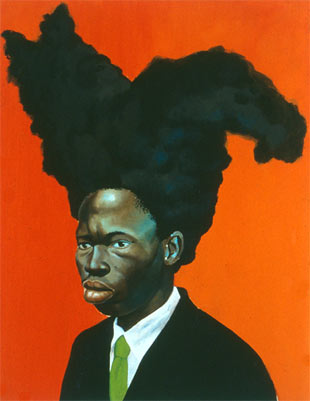
2- Wesley Snipes on the lamb for tax evasion to the tune of over $12 million...Isn't that enough to give him "Mo' Betta Blues"?
3- They both came to prominence in the teen cheerleader movie Bring It On.
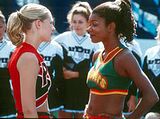
So will they once again do battle onscreen, as Kirsten Dunst is starring in "Marie Antoinette" while Gabrielle Union's latest gig has her in the Oscar-buzzed Annette Benning/Gwyneth Paltrow vehicle "Running With Scissors"?
4- When, exactly, is George W. Bush going to consider the issue of withdrawal of troops from Iraq- when the number of American casualties over there equals the number of those killed on 9/11 here?
5- The boy got flow AND he ain't afraid of Suge Knight---GANGSTA!!!. But...how "UN-Gangsta" is The Game's prom picture?
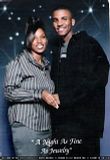
6- With studies examining the connection between Teflon and kidney cancer, heart disease and diabetes, should we forego non-stick pots and pans and just use PAM non-stick cooking spray?
7- Isn't there a REAL good case for us to consider the political viability of "President Barack Obama"?
8- LOOOVE his passion for fashion and his winning smile and charming demeanor, but...was anyone else disappointed in "Project Runway" finalist Michael Knight's final collection on the season finale?
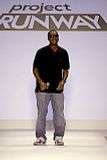
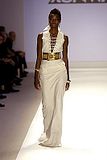
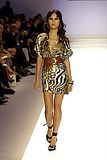
9- With Whitney off the pipe (both the crack pipe and Bobby's), back in Clive Davis' good graces, and word that she might be working with uber-producer DJ Premier on her next CD, are the stars lining up for Ms. Houston to stage the ultimate comeback?
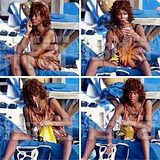
10- She has verbally attacked everyone, from leftist politicians to Canadians to Arabs to the Hurricane Katrina victims, all the while releasing books that further her radically conservative agenda. Not to advocate misogyny or violence against women, but...when is somebody just gonna PUNCH Ann Coulter in her face? Is she this generation's Anita Bryant?
11- Isn't this a great season for going to the movies? Will Forest Whitaker ("The Last King of Scotland"), Annette Bening ("Running With Scissors"), Jennifer Hudson ("Dreamgirls"), and Sandra Bullock ("Infamous") be in contention for Oscars this season?
12- With promos for his new album literally COVERING New York City, half-hour "the making of..." television specials, his Myspace page reaching the "over 1 million friends" point, televised album release parties on more than one television station, and hanging out ALL WEEK at BET's 106 and Park, one has to wonder...Damn, was Diddy EVERYWHERE this past week? Should we all just "Press Play" and get it over with already?
This week's FLASHBACK comes from black rocker girl KINA, who fuses the raw grit of early Tina Turner with the powerful gospel undertones that made her tenure with the girl group Brownstone so memorable. Who remembers her kick-ass single "Girl From the Gutter"?

